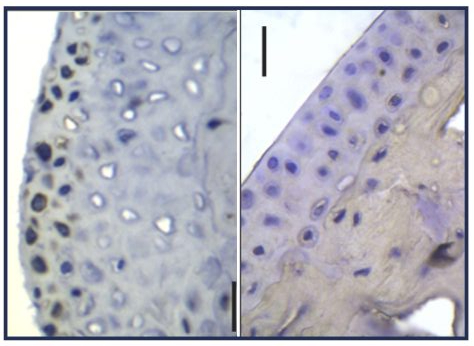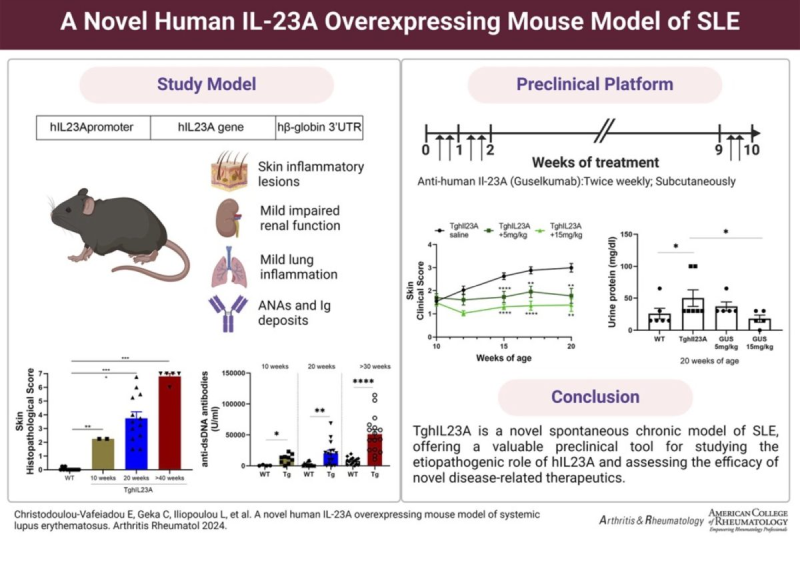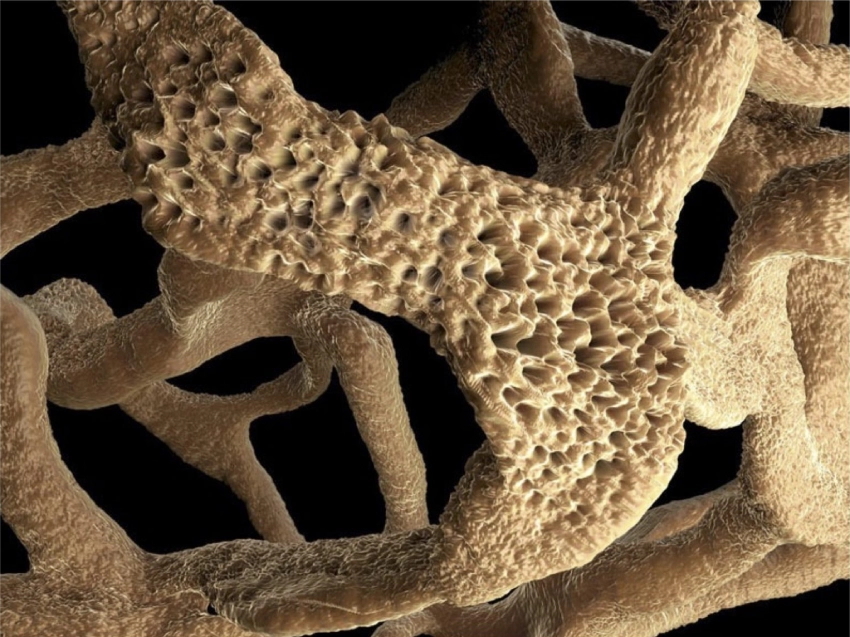
Targeting senescence and inflammation in chronic destructive TNF-driven arthritis
Extending on our previous work on the treatment of arthritis with combination therapies of dasatinib with subtherapeutic doses of anti-TNF biologics, we explore here in this collaborative research project the interplay of inflammation and senescence in the context of combination treatments.
Published in Mechanisms of Ageing and Development 2023, 214, 111856.
Targeting senescence and inflammation in chronic destructive TNF-driven joint pathology
Vlachogiannis NIa,b, Evangelou Kc, Ntari Ld, Nikolaou Ce, Denis MCd, Karagianni Nd, Veroutis Dc, Gorgoulis Vc,f,g,h,I,j, Kollias Gb,e,i, Sfikakis PPa,i,k
a First Department of Propaedeutic Internal Medicine and Joint Academic Rheumatology Program, National and Kapodistrian University of Athens Medical School, Greece
b Department of Physiology, National and Kapodistrian University of Athens Medical School, Greece
c Molecular Carcinogenesis Group, Department of Histology and Embryology, National and Kapodistrian University of Athens Medical School, Greece
d Biomedcode Hellas SA, Vari, Greece
e Institute for Bioinnovation, Biomedical Sciences Research Center (B.S.R.C.) “Alexander Fleming”, Vari, Greece
f Biomedical Research Foundation, Academy of Athens, Greece
g Ninewells Hospital and Medical School, University of Dundee, UK
h Faculty Institute for Cancer Sciences, Manchester Academic Health Sciences Centre, University of Manchester, UK
i Center for New Biotechnologies and Precision Medicine, Medical School, National and Kapodistrian University of Athens, Greece
j Faculty of Health and Medical Sciences, University of Surrey, UK
k Postgraduate Medical Studies in Geriatric Syndromes and Physiology of Aging, School of Medicine, National and Kapodistrian University of Athens, Greece
We had shown that administration of the senolytic Dasatinib abolishes arthritis in the human TNF transgenic mouse model of chronic destructive arthritis when given in combination with a sub-therapeutic dose of the anti-TNF mAb Infliximab (1 mg/kg). Herein, we found that while the number of senescent chondrocytes (GL13+/Ki67–), assessed according to guideline algorithmic approaches, was not affected by either Dasatinib or sub-therapeutic Infliximab monotherapies, their combination reduced senescent chondrocytes by 50 %, which was comparable to levels observed with therapeutic Infliximab monotherapy (10 mg/kg). This combination therapy also reduced the expression of multiple factors of senescence-associated secretory phenotype in arthritic joints. Studies to elucidate the interplay of inflammation and senescence may help in optimizing treatment strategies also for age-related pathologies characterized by chronic low-grade joint inflammation.





